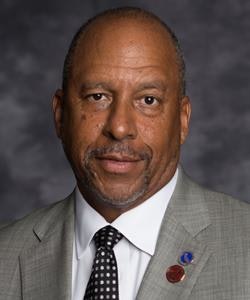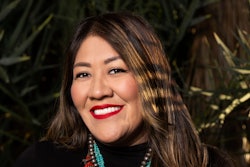Since the 2015 launch of Graduation Initiative 2025, a state-backed project to improve graduation rates, the California State University system (CSU) has made significant progress, with students from all groups earning degrees at higher rates. But disparities persist. The graduation rate gap between Black and white students is 22.2 percentage points, .3 of a percent higher than it was fifteen years ago. Black student enrollment and persistence have declined in recent years as well.
Now, CSU, the nation’s largest university system, with 23 campuses and nearly 460,000 students, is making a push to close these gaps with a new report making comprehensive recommendations on how the CSU can best promote Black excellence.
The report is the product of a workgroup formed by CSU interim chancellor Dr. Jolene Koester after the system’s first Juneteenth symposium last year.
“It was an event that crystallized, for me, the CSU’s institutional, societal, and moral imperative to take meaningful action,” said Koester in a statement. “We need to create an entirely new and holistic approach for supporting Cal State’s Black community.”
The workgroup, made up of 16 administrators from across the CSU system, was led by Dr. Saúl Jiménez-Sandoval, president of Fresno State, and Dr. Thomas Parham, president of CSU Dominguez Hills. They conducted listening sessions and focus groups with more than 250 Black students, faculty, and staff. Parham said that the committee focused on making the most of its chance to affect change.
 Dr. Thomas Parham, president of CSU Dominguez Hills
Dr. Thomas Parham, president of CSU Dominguez Hills
The workgroup didn’t shy away from sweeping proposals. One would require each of the schools in the CSU system to set recruitment goals for Black students based on their representation in local regions as well as to make plans for how to achieve them. Schools that hit their goals would receive increased funding and those that don’t, would lose dollars. Another recommendation was that each school develop retention and persistence strategies for Black students using a personalized student support model, along with enhanced advising. The workgroup also suggested that each campus have Black-designed and inspired campus spaces, culturally competent mental health professionals, and campus police who have a community approach.




















